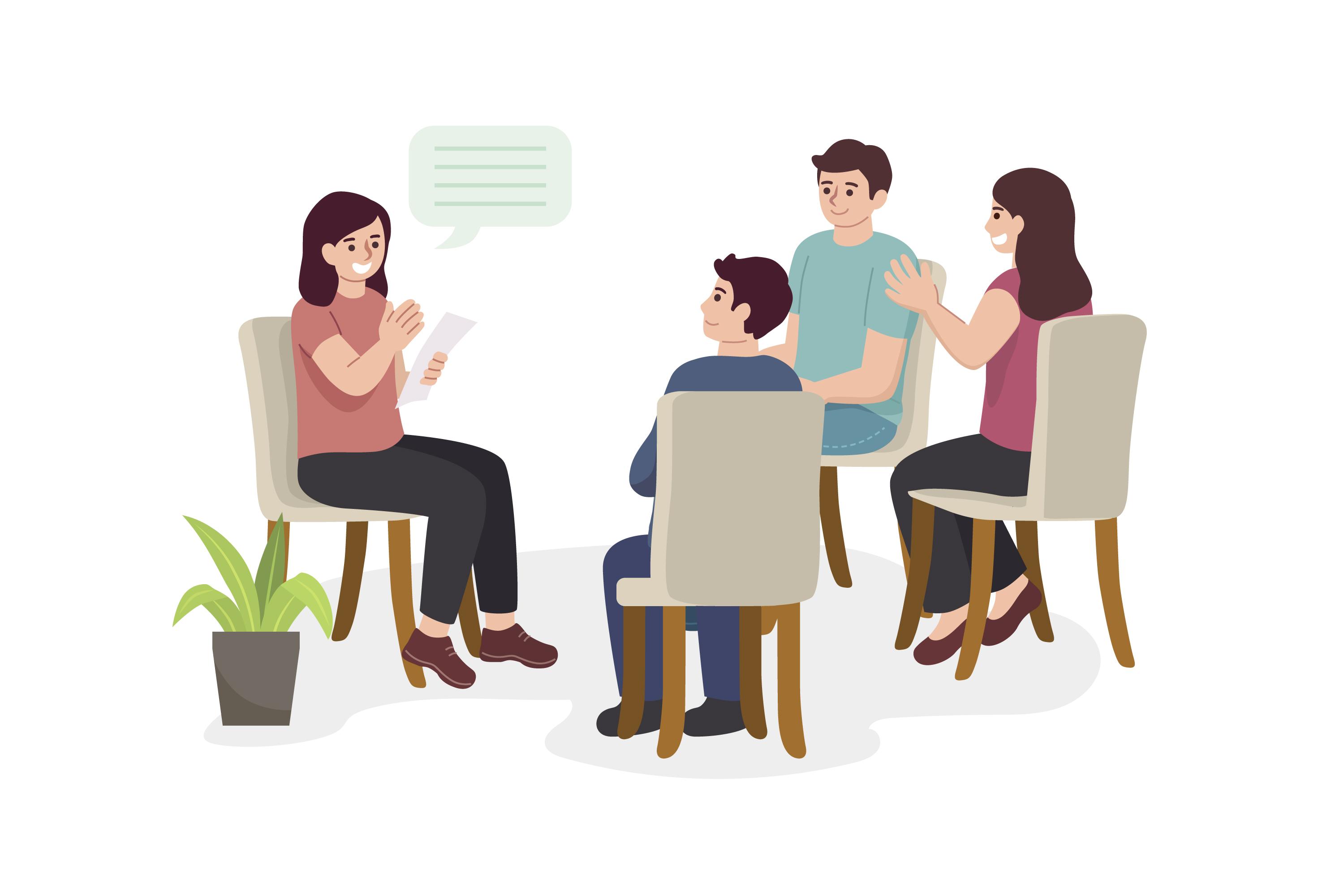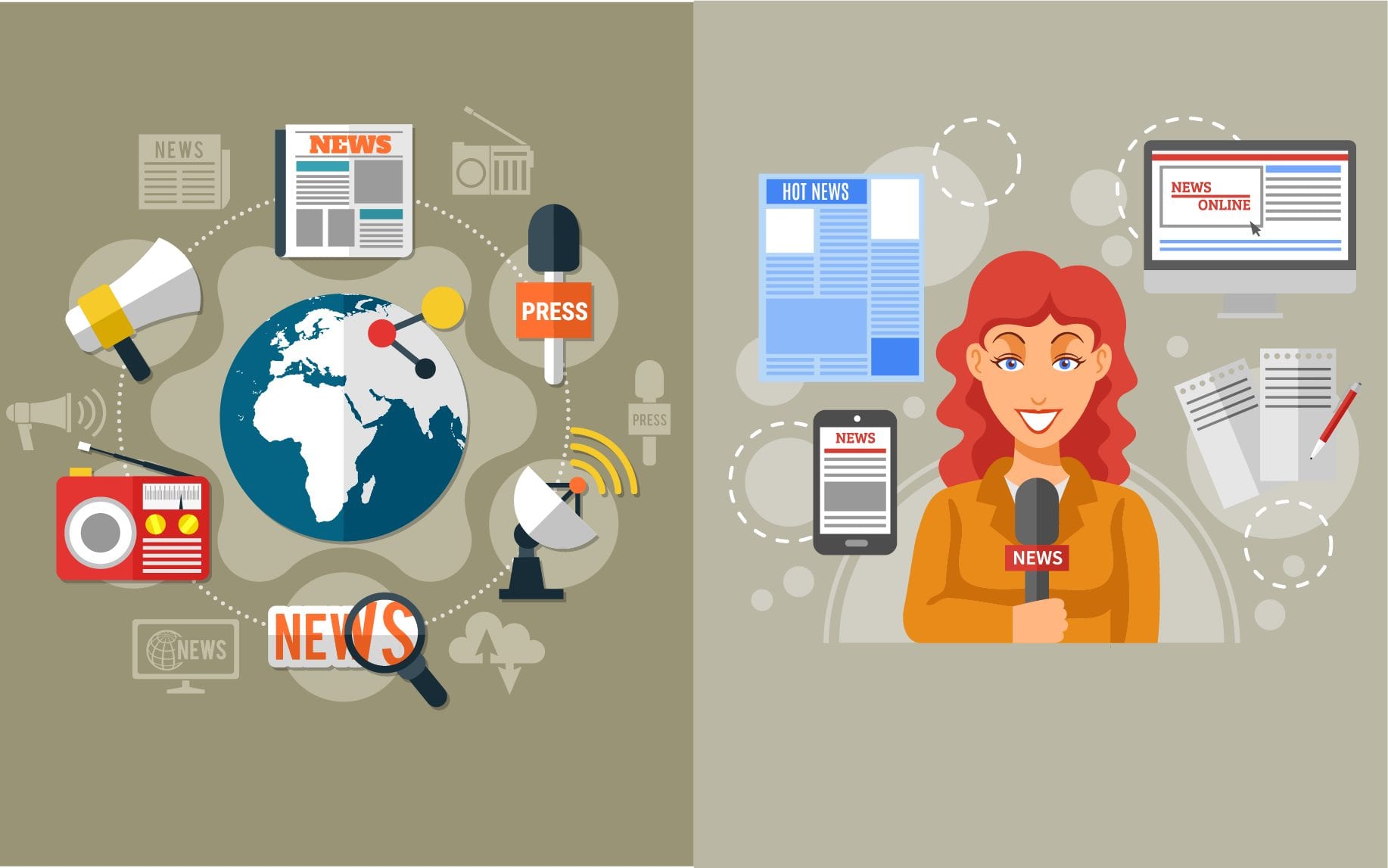.png)
Classification of communication
Verbal Communication:
Verbal communication involves the use of spoken or written words to convey a message. This type of communication is the most common form of communication and is used in personal, social, and professional settings. Effective verbal communication involves clear and concise language, appropriate tone and pace, and active listening to ensure that the message is received and understood by the intended audience.

Example: Face-to-face meeting between a manager and an employee to discuss their performance. The manager uses spoken words to convey feedback and expectations, while the employee responds with their own spoken words to ask questions and provide input.
Nonverbal Communication:
Nonverbal communication includes body language, facial expressions, tone of voice, and other forms of nonverbal cues that convey meaning. Nonverbal communication can be just as important as verbal communication, as it can convey emotions, attitudes, and other subtle messages that may not be explicitly stated in words.

Example: Job interview where the candidate smiles and maintains eye contact with the interviewer to convey confidence and engagement, while the interviewer nods and leans forward to convey interest and attentiveness.
Written Communication:
Written communication involves the use of written words to convey a message, such as emails, letters, reports, and memos. Effective written communication involves clear and concise language, proper grammar and spelling, and an appropriate tone and format that is tailored to the audience and purpose of the communication.

Example: Email from a supervisor to their team outlining new project requirements. The supervisor uses written words to convey instructions, deadlines, and expectations, while the team responds with their own written words to ask questions and provide updates.
Visual Communication:
Visual communication involves the use of visual aids such as graphs, charts, and images to convey information and ideas. Visual communication can be a powerful tool for conveying complex information and can help to engage and persuade the audience.

Example: Presentation that uses graphs and charts to convey data and statistics. The presenter uses visual aids to help the audience understand complex information and to engage them in the presentation.
Formal Communication:
Formal communication is typically used in professional settings and follows established protocols and procedures. This type of communication includes official memos, reports, and presentations, and is often subject to strict rules and guidelines that ensure accuracy, clarity, and professionalism.

Example: A company-wide memo from the CEO outlining new policies and procedures. The memo follows established protocols and procedures for formatting and language and is subject to review and approval by senior management.
Informal Communication:
Informal communication refers to casual conversations that occur between individuals in social or personal settings. This type of communication is often spontaneous and can include chatting with friends, sharing updates on social media, or sending text messages to family members.

Example: A conversation between co-workers during a lunch break. The conversation is casual and spontaneous, and may include personal updates, jokes, or social commentary.
Interpersonal Communication:
Interpersonal communication refers to communication between individuals, including face-to-face conversations, phone calls, or video calls. Effective interpersonal communication involves active listening, clear and concise language, and an appropriate tone and demeanour that is tailored to the specific situation and audience.

Example: A phone call between two friends catching up on their lives. The friends use spoken words to convey their thoughts and feelings and may also use nonverbal cues such as laughter or sighs to convey emotions.
Group Communication:
Group communication involves the exchange of information and ideas among a group of people, such as meetings, team discussions, or presentations. Effective group communication involves active participation, clear and concise language, and an understanding of group dynamics and communication norms.

Example: A team meeting to discuss a new project. The team members use spoken words to share their ideas and concerns and may also use visual aids such as a whiteboard to illustrate their points.
Mass Communication:
Mass communication involves the dissemination of information to a large audience through media channels such as television, radio, or the internet. Mass communication can be used to inform, entertain, persuade, or educate the audience, and effective mass communication requires an understanding of the target audience and the appropriate media channels and messaging strategies.

Example: An example of mass communication is a television news broadcast that reports on current events. The news anchors use spoken words and visual aids to inform and engage the audience, while the audience responds by watching and potentially sharing the broadcast on social media.